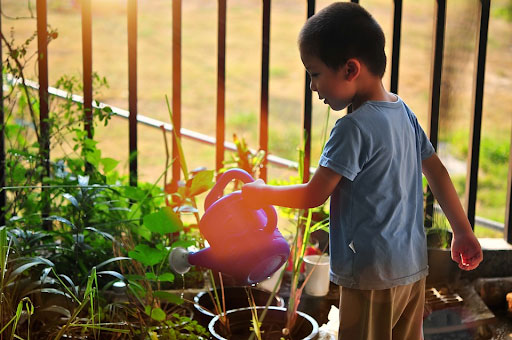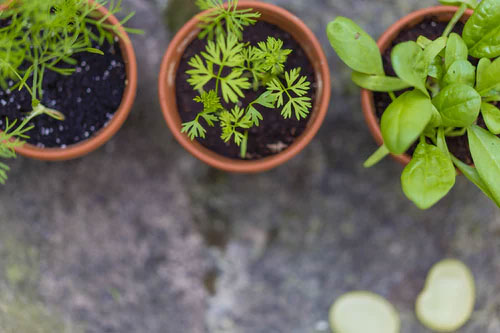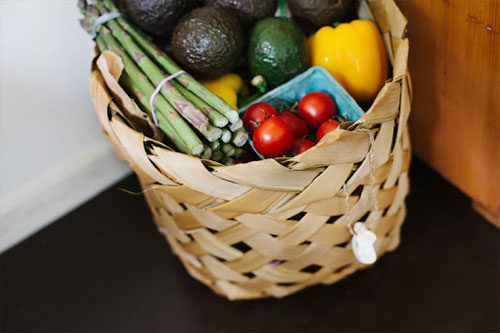
When a child is pre-school age, their brains are like sponges. Everything interests them. It is hard for busy parents to keep up with all the teachable moments. Working parents have their toddlers in daycare most of the time and parents try very hard to place them in environments that are dedicated to taking advantage of those teachable moments.
“When I was a kid, I ate what was on the table!”
How many times have you said that when a child refuses to eat the food you prepared for them? Our parents taught us at an early age to eat what was provided, without question. However, our children are receiving their food training via television, the internet, and the colorful displays at the grocery store. Walk down any cereal aisle and watch your child’s face light up when they see famous princesses, super hero’s, and brightly colored boxes. While you may be shopping to a cereal that is not loaded with sugar, the crying and begging often makes us give in.
You do not see many vegetable commercials that are aimed at children. Marketing teams know how to reach their target. Our parents had some of these issues but many grew their veggies, and there were fewer products being pushed during prime time hours for kids.
Edible Garden
It is important that our children learn how we get the food we eat. If you ask most children where food comes from, they saw “The Store.” So, it is now that they learn the beauty of nature. Now is the time that they learn how food makes it from the earth to the table.
Let them grow their own garden
Pull up websites of gardens on the computer. Take your climate and a list of foods that can be planted now and will be healthy to harvest even if fall comes early to your area.
To make it more interesting, let them plant flowers around the edges and throughout the garden. There are over 265 different flower types at Seed Needs. This gives the kids more time in the garden, They learn that flowers draw bumblebees, ladybugs, and butterflies that pollinate the plants. Some high-protein flowers will draw insects like aphids, mites, and many other insects that will come to eat. If the flowers are blooming, the insects are attracted to the flowers instead of the veggies.

Photo credit: Markus Spiske
Rain
There will be days when the weather will not cooperate. Of course, you will not toddlers out in the rain. For days like this, have each child select a herb plant to plant and grow indoors. Explain how herbs help make our foods tastes better.

Photo credit: Leonie Wise
Harvest time
Try to select plants that will be ready to harvest at around the same time. Let the kids help pick the vegetables (and some flowers if you are inviting parents or grandparents to their feast.)
Place the washed and prepared food in front of the child who grew it.
Use your computer to find recipes to make some interesting dips that you can add herbs too.
Set up your buffet table and place the vegetables on the table, with a card with the child’s name who grew it in front of the dish. You can let the child talk about his or her veggy and using rubber gloves, they can serve one or two on each plate. Make sure each person has a little dip on their plates. When everyone is served, allow them to taste the food one at a time. Because each child will want everyone to sample their veggies, they will sample every one else’s.
At the end of the day, place fresh veggies in plastic bags to take home to share with their family and friends. They can also take their herb pot and gift it to their parents.
Once you open the door to fresh foods, your child will be more willing to try other foods. Be prepared to explain how it is made or where it comes from. If you don’t know the answers, look them up together. Keep the fire burning in your child to experience natural foods that will make them strong and healthy.



























